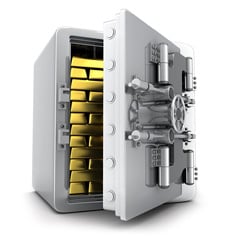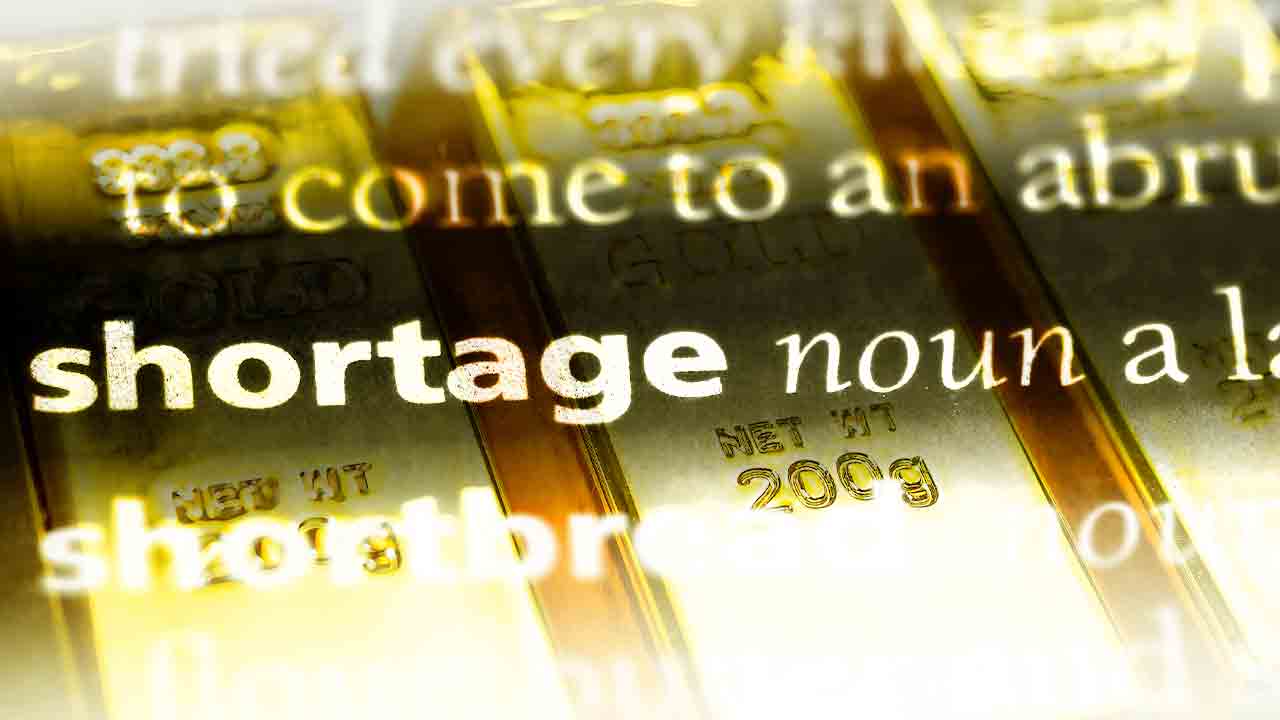(Clint Siegner, Money Metals News Service) Traders with an obligation to deliver physical bars in the U.S. have found the available inventory is in short supply. They have been rushing to import supplies from London and/or paying hefty premiums to secure the bars they need. Others have been capitalizing on arbitrage opportunities.
A premium first appeared in December in trades called Exchange of Futures for Physical (EFP). The premiums have mostly been driven by the possibility of new tariffs on metals being imported to the U.S.
Since then, at least seventy-five tons of London silver and 5 tons of London gold have exited LBMA vaults.

Most of that was transferred to COMEX vaults here in the U.S.
The silver transfer is particularly significant as it represents about 10% of the total remaining LBMA stocks.
President Donald Trump delayed the implementation of 25% tariffs on Canadian and Mexican imports for at least a month, but the above dynamic persists.
In fact, the crunch for inventory appears to have bled over into gold and silver Exchange Traded Funds (ETFs). Fees for borrowing shares of both the GLD and the SLV exploded higher over the last week.
The unprecedented spike in these borrowing costs is connected with the extraordinary rise in premiums for EFPs (Exchange For Physical). The root cause of both is the high demand for commercial gold and silver bars to deliver to the U.S.
More specifically, the cost to borrow SLV shares, which is normally about 0.5% annualized, reached 12% on Friday. The previous all-time high was 7% for a brief period in 2022. The number of shares available to borrow is now a paltry 10,000, down from about 10 million a week prior.
Oftentimes, rising demand for shares to borrow is a signal that speculators are expecting share prices to fall.
They normally borrow shares to sell them short, intending to repurchase shares at a lower price later to return to the lender.
However, the current interest in borrowing GLD and SLV is something different this time. There are almost no shares available to borrow despite the fact shareholders can collect an all-time high fee for lending – without giving up their long position.
The demand for shares to borrow is likely coming from Authorized Participants (APs) rather than speculative shorts and hedgers. The APs for SLV and GLD are large banks and brokerages, including the bullion banks.
The APs are the only parties involved with an ETF that are allowed to redeem baskets of shares for the physical bars held by the ETF.
These APs can redeem a basket of 50,000 SLV shares for a pro-rata share of physical silver bars. Upon redemption, the shares are canceled, and the total number of shares outstanding is reduced by 50,000.
The current cost to borrow shares relative to the available premium in an EFP trade makes borrowing shares to capture the premium unprofitable unless the borrowing rate falls quickly.
It’s worth noting that borrowing ETF shares for the purpose of redemption does not put downward pressure on the share price, as opposed to borrowing to sell the shares short.
In fact, redemption of borrowed shares could eventually lead to upward pressure on the price. The borrower of the shares is still on the hook with the lender and will need to come up with different shares to return – one way or another.
Ronan Manly with Bullion Brief reports that the shrinking inventories in London are impacting markets.
The spikes in premiums and extraordinary borrowing costs may be temporary. They should go away once the questions over tariffs are answered and prices force a new equilibrium between supply and demand.
If there is a serious shortage of inventory, though, the price of gold and silver may need to go significantly higher.
Clint Siegner is a Director at Money Metals Exchange, a precious metals dealer recently named “Best in the USA” by an independent global ratings group. A graduate of Linfield College in Oregon, Siegner puts his experience in business management along with his passion for personal liberty, limited government, and honest money into the development of Money Metals’ brand and reach. This includes writing extensively on the bullion markets and their intersection with policy and world affairs.

